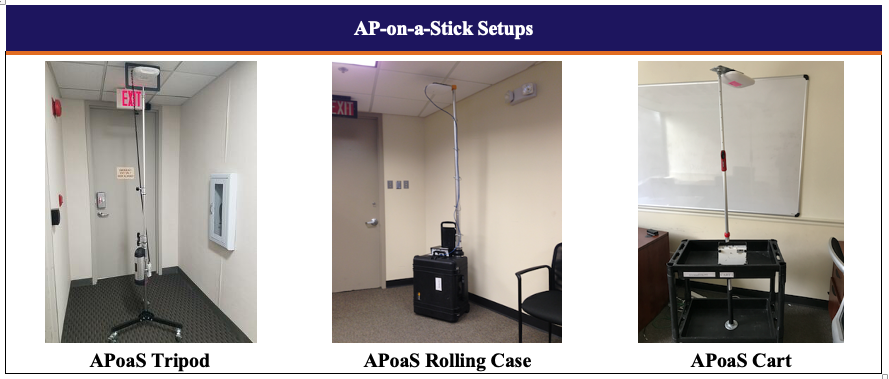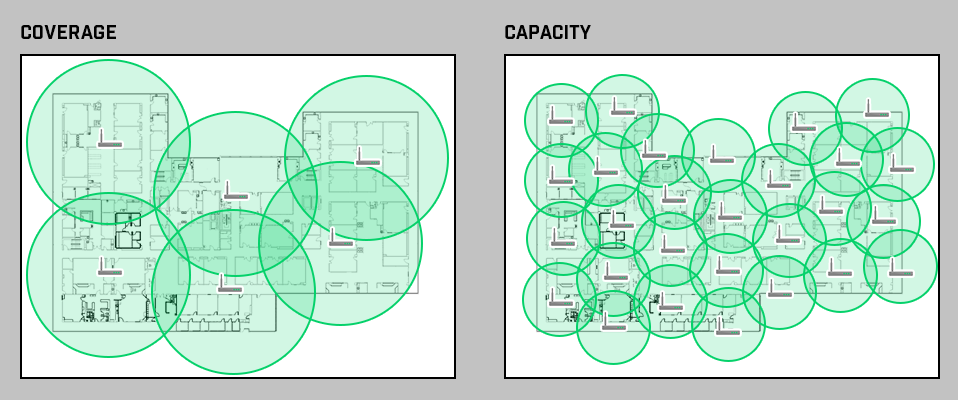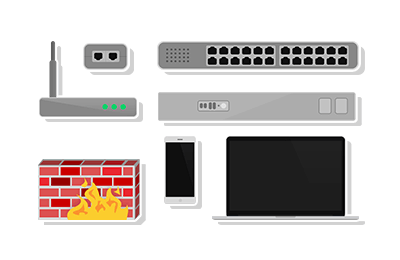WiFi Survey Guide
WiFi surveys are an integral part of a wireless LAN (WLAN) or WiFi network design. They help you understand your network environment and identify issues such as radio frequency (RF) interference, channel noise, and others. The information learned from the survey is used to plan access point install location, adjust the channel assignments and power levels to maximize overall throughput and stability.
A WiFi survey is any method where information is examined about the current or planned network to determine the optimal configuration and placement of access points.
There are dozens of names used by engineers, network managers, and software makers for WiFi surveys. In all cases the WiFi survey can be categorized in two groups: pre-install WiFi survey and post install WiFi survey.






